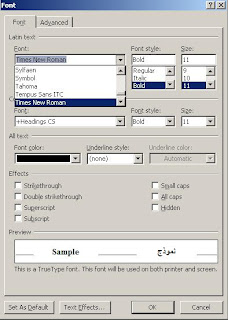Different editions of SQL Server 2008 :
- Enterprise Edition
Data management and business intelligence platform providing enterprise class scalability, high availability, and security for running business-critical applications - Standard Edition
Data management and business intelligence platform providing ease of use and manageability for running departmental applications - Workgroup Edition
Data management and reporting platform providing secure, remote synchronization, and management capabilities for running branch applications - Developer Edition
May be installed and used by one user to design, develop, test, and demonstrate your programs on as many systems as needed - Web Edition
A low-TCO, scalable, and manageable database option for web hosters and end customers looking to deploy publicly facing web applications and services - Express Edition (FREE)
A free edition of SQL Server ideal for learning and building desktop and small server applications and for redistribution by ISVs - Compact Edition (FREE)
A free, SQL Server embedded database ideal for building stand-alone and occasionally connected applications for mobile devices, desktops, and web clients - Evaluation Edition (Temporary FREE)
This edition may be installed for demonstration and evaluation purposes until an expiration period of 180 days.






